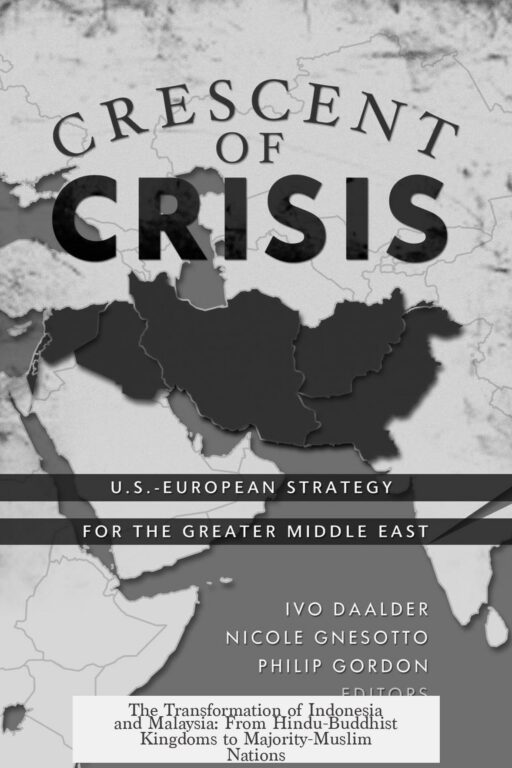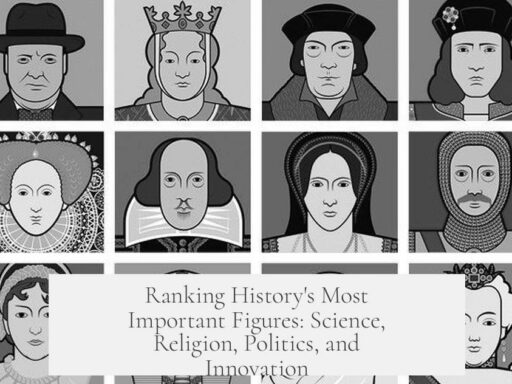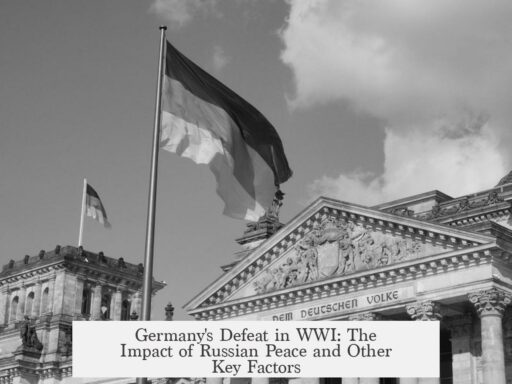Indonesia and Malaysia became majority-Muslim through a combination of trade influence, royal conversions, grassroots missionary work, cultural adaptation, and political shifts, evolving from their earlier Hindu-Buddhist kingdoms.
In Southeast Asia, Islam’s spread is closely linked to the rise of Muslim trade networks. Muslim merchants introduced new economic opportunities, encouraging local rulers to adopt Islam to foster stronger ties and attract commerce. Kings who embraced Islam often built mosques to gain favor with Muslim traders. However, trading connections alone do not fully explain the region’s Islamization, as some trade hubs did not convert and some isolated areas did.
Royal conversions played a crucial role. Islam offered rulers fresh ways to assert authority. Titles like “axial king” or “caliph of annihilators of being” gave monarchs elevated status. These Islamic identities could silence nobles’ criticisms, strengthening dynasties amid the decline of old Hindu-Buddhist empires, which were losing influence and political power. For some, conversion was also a matter of genuine spiritual conviction, with records showing devotion through prayers and charitable acts.
Before Islam, Hinduism and Buddhism mostly existed among the elite, while the majority population practiced animism without formal organized religions. This left a spiritual void that Islam could fill. State policies often supported Islam’s spread, appointing mosque officials and controlling religious education.
Sufi missionaries significantly advanced Islam’s acceptance across Indonesia and Malaysia. Their approach blended respect for local traditions with simplified Islam teaching. Sufis were seen as mystics or sorcerers with supernatural powers, enhancing the religion’s appeal. Sufi tombs became pilgrimage sites, continuing to attract followers after the missionaries’ deaths.
Popular cultural views helped Islam integrate smoothly. Pre-Islamic Southeast Asians saw religion as a source of magic and blessings, not as exclusive truth claims. Islam’s powerful symbolism—such as the king’s spiritual status and the sacred Arabic-script Qur’an—fit well into this worldview. Islam offered a consistent and portable faith during rapid societal changes, including urbanization and migration. Its clear moral framework was appealing as people left village life.
Islam also acted as cultural resistance when Europeans arrived in the 16th century. Confronted with foreign invaders, local Muslim identity became a rallying point, strengthening Islam’s social role. The faith blended harmoniously with local customs reflected in the saying “Adat basandi syarak; syarak basandi adat”—meaning tradition is based on Islamic law and vice versa. This synergy between religion and tradition boosted Islam’s endurance and growth.
While Islam spread peacefully overall, some warfare accompanied its expansion but was not the primary driver. Certain regions like Thailand, Cambodia, Myanmar, and Sri Lanka retained Theravada Buddhism due to deep-rooted religious and cultural influences. Bali remained Hindu as it maintained strong political and religious institutions, preventing Islam’s entry.
| Key Factors | Details |
|---|---|
| Trade and Commerce | Muslim merchants established networks; rulers converted to attract and retain trade. |
| Royal Authority | Islam provided powerful titles and divine legitimacy aiding kings’ authority. |
| Popular Appeal | Sufi missionaries accepted local customs, made Islam accessible and mystical. |
| Religious Context | Animism dominated, leaving room for Islam; Hindu-Buddhist influence limited mostly to elites. |
| Cultural Adaptation | Islam harmonized with traditions; became means of resistance against European colonizers. |
- Trade routes fostered early Muslim presence and encouraged rulers’ adoption of Islam.
- Islam provided new political and spiritual roles supporting royal power amidst declining Hindu-Buddhist empires.
- People converted due to Sufi missionary efforts, cultural compatibility, and Islam’s social framework.
- Islam became linked with local tradition, easing the transition from animism and earlier religions.
- Resistance to European colonization made Islam a unifying identity.
- Some regions remained Hindu or Buddhist due to strong existing religious and political structures.
How did Indonesia and Malaysia become majority-Muslim when they were once dominated by Hindu and Buddhist kingdoms?
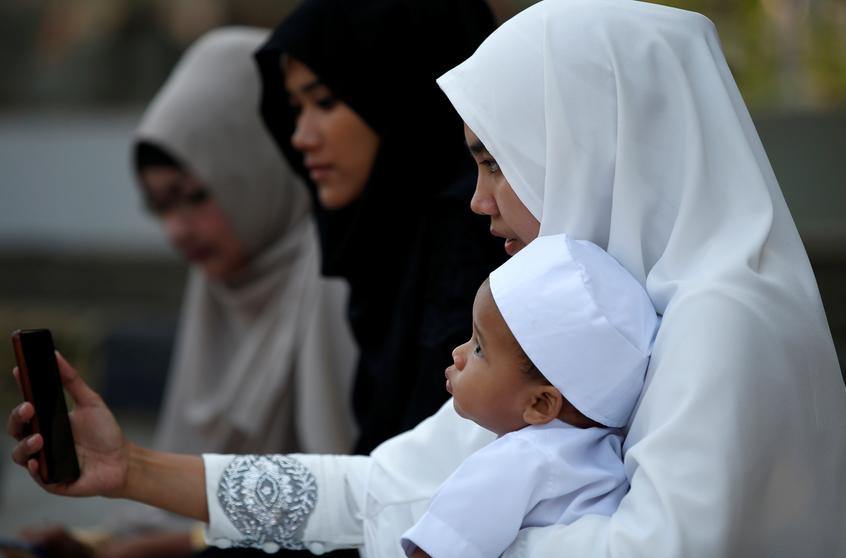
Simply put, the transformation from Hindu-Buddhist dominance to majority-Muslim societies in Indonesia and Malaysia was a complex journey fueled by trade, political shifts, genuine faith, and cultural integration, rather than abrupt conquest or mass conversion. This story involves kings making savvy decisions, clever Muslim traders, mystical Sufi saints, and the irresistible appeal of a religion that fit a rapidly changing world.
Let’s embark on a fascinating voyage through history to unravel this transformation, peeling back layers of commerce, politics, spirituality, and cultural harmony.
The Royal Conversion: Politics and Power Play
Imagine you’re a Southeast Asian king around the 13th or 14th century. Your kingdom still feels the grip of Hindu-Buddhist traditions. But trade with Muslim merchants from the Middle East and South Asia grows rapidly. Suddenly, you spot a mosque rising in your neighbor’s kingdom. What do you do?
The answer: you convert to Islam—part practical, part strategic.
- The Role of Commerce: Trade buzzes through the archipelago. Muslim merchants bring lucrative connections and wealth. A ruler who embraces Islam gains access to these trade networks. Ignoring this could mean losing favors and profits to your “asshole neighbor” with his shiny new mosque.
- Islam and Royal Authority: Islam brings fresh narratives of kingship. Muslim rulers adopt grandiose titles like “the caliph of the annihilators of being” or “axial king.” These titles reframed royal power, silencing critics with divine legitimacy. The old Hindu-Buddhist empires were waning, making room for new ideologies.
- Genuine Piety: Not all conversions were political. Some rulers genuinely embraced Islam. Take one newly Muslim king who prayed fervently and showered gold for charity every Ramadan night. The spiritual allure of Islam resonated deeply, beyond power and politics.
From Elites to the Masses: Why Did People Convert?
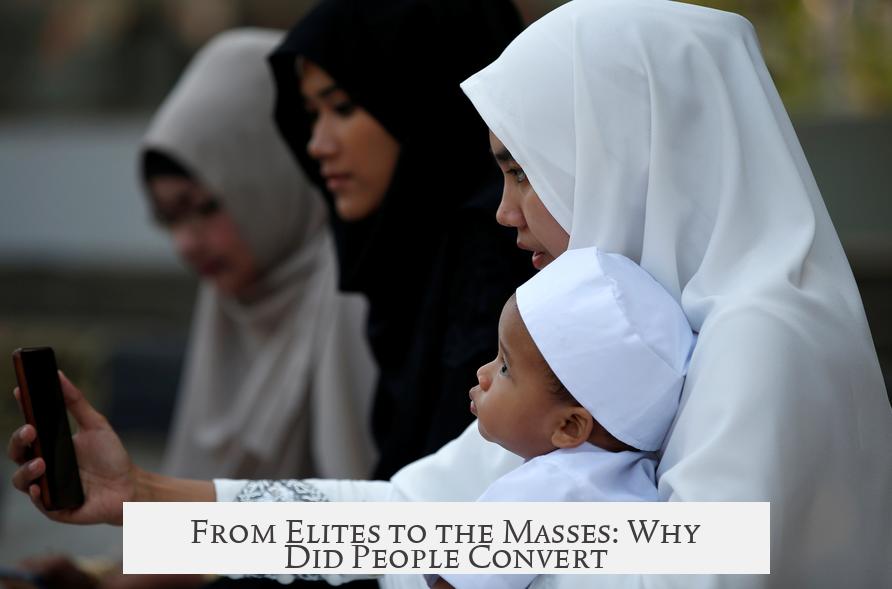
Contrary to popular belief, Indonesia and Malaysia’s populations before Islam were not uniformly Hindu or Buddhist.
- Hinduism and Buddhism as Elite Faiths: Before Islam, most locals were animists practicing indigenous rituals. Hinduism and Buddhism mainly belonged to the aristocracy and intellectual circles. This left ample room for a fresh, accessible religion.
- State-Sponsored Islam: Some kingdoms institutionalized Islam with a top-down approach. Mosques, clerics, and religious texts were appointed or controlled by the state, systematically spreading Islamic beliefs and practice.
- The Role of Sufi Missionaries: These mystic saints were masterful adapters. They embraced local customs and explained Islamic ideas with simple, relatable metaphors—comparing Islam to a coconut, no less. Sufis were also seen as sorcerers wielding powerful magic. Their tombs became pilgrimage sites, spreading Islam after their deaths too.
Isn’t it wild to think that spiritual “sorcery” helped weave a new faith into the fabric of Southeast Asian life?
Understanding Islam’s Popular Appeal
- Islam as Powerful Magic: In animist societies, religions were more about gaining supernatural help and mystical powers than strict belief systems. Islam impressed locals because the king’s conversion meant a direct link between divine power and earthly rule. Plus, Islam’s holy book—the Qur’an—written in an arcane script, seemed full of secret magic.
- Adapting to a Changing World: Southeast Asia was transforming fast. Villages grew into bustling cities. New social structures emerged. Islam offered a universal message for a world in flux: no matter your background, piety led to Heaven, wickedness to Hell. Compared to localized, unpredictable animism, this was a reassuring promise.
- Islam as Cultural Resistance: When Europeans arrived in 1509, they brought conflict and disruption. Ironically, European antagonism often strengthened Islamic identity. Locals rallied behind Islam to assert dignity and oppose foreign dominance, uniting communities against common adversaries.
- Harmony with Local Traditions: Islam in Indonesia and Malaysia didn’t uproot established customs. Instead, religion and tradition fused elegantly. The old saying captures this perfectly: “Adat basandi syarak; syarak basandi adat.” Tradition is based on religion; religion is based on tradition. This mutual reinforcement helped Islam flourish organically.
What About the Sword? Was Islamization Violent?
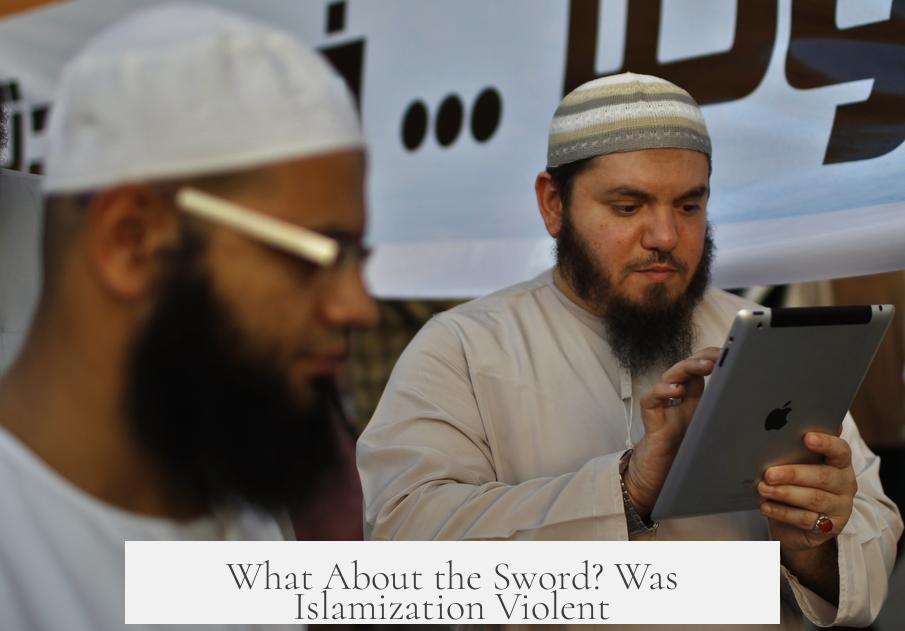
While history loves a dramatic sword fight, in Southeast Asia, the spread of Islam was remarkably peaceful for its time. Sure, contests of royal power had their battles, but mass conversions rarely required force. The appeal was less a clash and more a gradual blending, like a flavorful curry simmering to perfection.
Why Didn’t All of Southeast Asia Convert?
Not everyone jumped on the Islamic bandwagon, and there’s an interesting regional pattern:
| Region | Religious Affinity | Reason |
|---|---|---|
| Sri Lanka, Thailand, Myanmar, Cambodia | Theravada Buddhism | Theravada Buddhism was deeply embedded with strong social roots that kept Islam at bay. |
| Bali (Indonesia) | Shaivite Hinduism | Strong political and religious institutions prevented Islam from taking hold. Shaivite Hindu practices trickled down into society, creating a fortified faith landscape. |
This reminds us that religion does not spread in a vacuum. It meets resistance and thrives only where conditions allow.
Wrapping Up: The Islamization of Indonesia and Malaysia Is a Story of Adaptation, Harmony, and Choice
So, the next time someone asks why Indonesia and Malaysia are majority-Muslim despite a Hindu-Buddhist past, remember: it’s not just conquest or trade. It’s about smart kings tapping into global trade networks, powerful spiritual messages fitting local beliefs, Sufi missionaries speaking the language of ordinary folk, and religions blending instead of clashing.
Islam’s spread wasn’t a splashy conversion party, but a slow dance between commerce, politics, magic, and heartfelt faith. This dance transformed societies, shaping the rich cultural mosaics we see today.
Would you have converted if you were a king juggling trade and nobles? Or a trader seeking a magical new faith? History shows us that religion meets real human needs—often in surprising, intricate ways.
